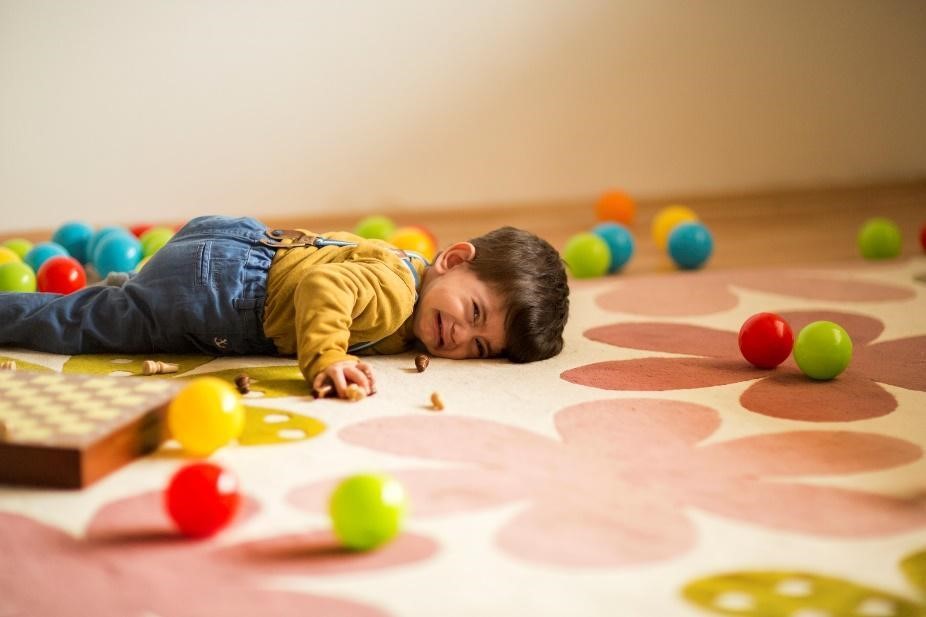Help toddlers understand and communicate their emotional experiences
Emotional regulation is an essential part of early childhood development. Toddlers have intense feelings and very few tools to understand or express their experiences.
Recognizing emotions is an important part of learning to treat others with understanding and compassion, which is a key factor in successfully navigating social interactions with peers and caregivers.
Toddlers often resort to yelling, hitting, biting, and tantrums out of a sense of frustration, which in turn can be challenging for those around them. Learning to master emotions and skills related to emotional regulation can have long-lasting benefits, such as improving communication, self-confidence, and relationships with others.
How can parents help?
Emotional regulation is a skill that can (and should) be taught. Assist children by doing the following:
- Pay attention to a toddler’s emotional cues and respond appropriately so that they feel recognized or understood.
- Acknowledge a toddler’s feelings by labeling them and demonstrating that you understand what they’re experiencing, even if you don’t agree with why they’re feeling it.
- Listen openly and calmly when a toddler shares their feelings; don’t overreact or interrupt with an explanation of how or why they should feel a certain way.
- Don’t minimize or talk toddlers out of their feelings. Although it’s natural to try to fix the situation, telling a toddler not to be sad doesn’t help them process why they feel sad.
- Teach toddlers coping skills, and encourage them to vent their feelings appropriately; invite them to brainstorm another solution or find a way to avoid the situation in the future.
What else can you do?
The following activities can help teach young children how to understand and process their emotions in a socially acceptable way:
- Create cards with photos or illustrations of a variety of facial expressions, and practice identifying the emotions
- During story time, ask questions about how each character is feeling, and discuss why
- Work together to create a list of appropriate emotional responses when you feel mad or sad (e.g., take deep breaths, ask for a hug, close your eyes and count to 10, play a favorite game), and ask the child to select one of these as needed
- Assemble “feelings faces” using paper plates and cut-out or printed images of different mouth shapes and eyes to label emotions
Toddlers experience a lot of emotions and need help in figuring out how to appropriately manage and communicate their feelings. Instead of reacting out of frustration, take the time to understand and acknowledge what they are experiencing, and help them navigate the process without minimizing their emotions. Life is full of positive and negative experiences – with the feelings to match – and helping a toddler understand and express them without judgment can lead to a more peaceful and powerful future.
The Virginia Infant & Toddler Specialist Network helps improve the quality of care for infants and toddlers through extensive resources, services, and education for caregivers. Learn more about how we can help you improve the standard of care.




